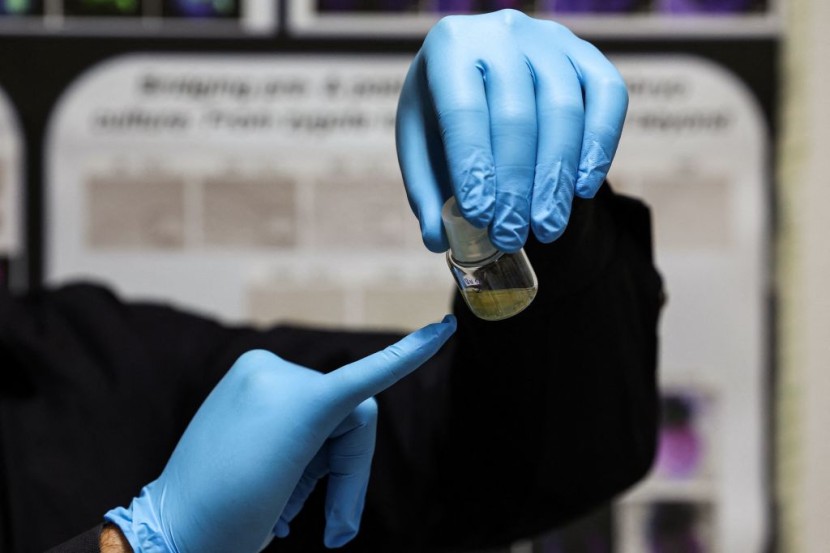Scientists have developed models of embryos to better understand the intricacies of early human development, prenatal medical issues, and why so many pregnancies fail. They are made from stem cells and can't grow into babies.
Employing models also eliminates the ethical dilemma of using actual embryos in a study, according to APNews.
In two studies that were released in the journal Nature on Tuesday, research teams that included academics from the United States and England discussed their results. Earlier this month, unreviewed studies on the work of other scientists in Israel and China were published.
The Study
The current models replicate an embryo after it has implanted in the uterus, as opposed to earlier models that emulated pre-embryos. Because they burrow into the uterus at that time, actual human embryos can be quite difficult to view.
The methods employed and the degree of completion of each team's models varied, with some matching the embryo and the early stages of the placenta and yolk sac.
For these models, researchers employ a sort of stem cell that can differentiate into a wide variety of body tissues or cells. They may come from adult tissues or be reprogrammed from embryonic cells.

Researchers can analyze pregnancy loss, developmental abnormalities, and embryonic failure.
Magdalena Zernicka-Goetz, a stem cell biology specialist at the California Institute of Technology and the University of Cambridge in England, and colleagues claimed in the other Nature study that their model mimics development up to 14 days after fertilization. The model includes tissues that can develop into structures like the yolk sac and placenta surrounding the embryo.
Author of a manuscript that has not yet been peer-reviewed, Jacob Hanna of the Weizmann Institute of Science in Israel, stated via email that the model used by his team also accurately simulates human embryo development up to day 14 following fertilization.
All embryonic membranes, as well as membranes outside the embryo, are included in the structures, according to him. Before, Hanna and Zernicka-Goetz contributed to developing mouse embryo models.
The Deal With Using Human Embryo Models
In the future, Zernicka-Goetz suggested using human embryo models to investigate how the environment and chemicals affect early development. She even suggested that they might be utilized to produce tissues for novel medical procedures.
According to International Society for Stem Cell Research guidelines, researchers cannot implant any human embryo model into a human or non-human uterus. The society had a similar "14-day rule" for decades that instructed scientists on how long real embryos might be grown in the lab; in 2021, the group advocated easing the restriction in some cases. The models, however, are exempt from the ban because they are not embryos.
It Will Not Induce Pregnancy
According to experts, some members of the general public have an erroneous view of these models and think they would be able to induce pregnancy. However, difficulties in science prohibit this. For instance, their placenta does not mature properly.
There are ways to prevent dishonest actors who might wish to attempt and establish pregnancies from embryo models in the future as science develops.
Related article : Early Stage Embryonic Stem Cells Developed In England








